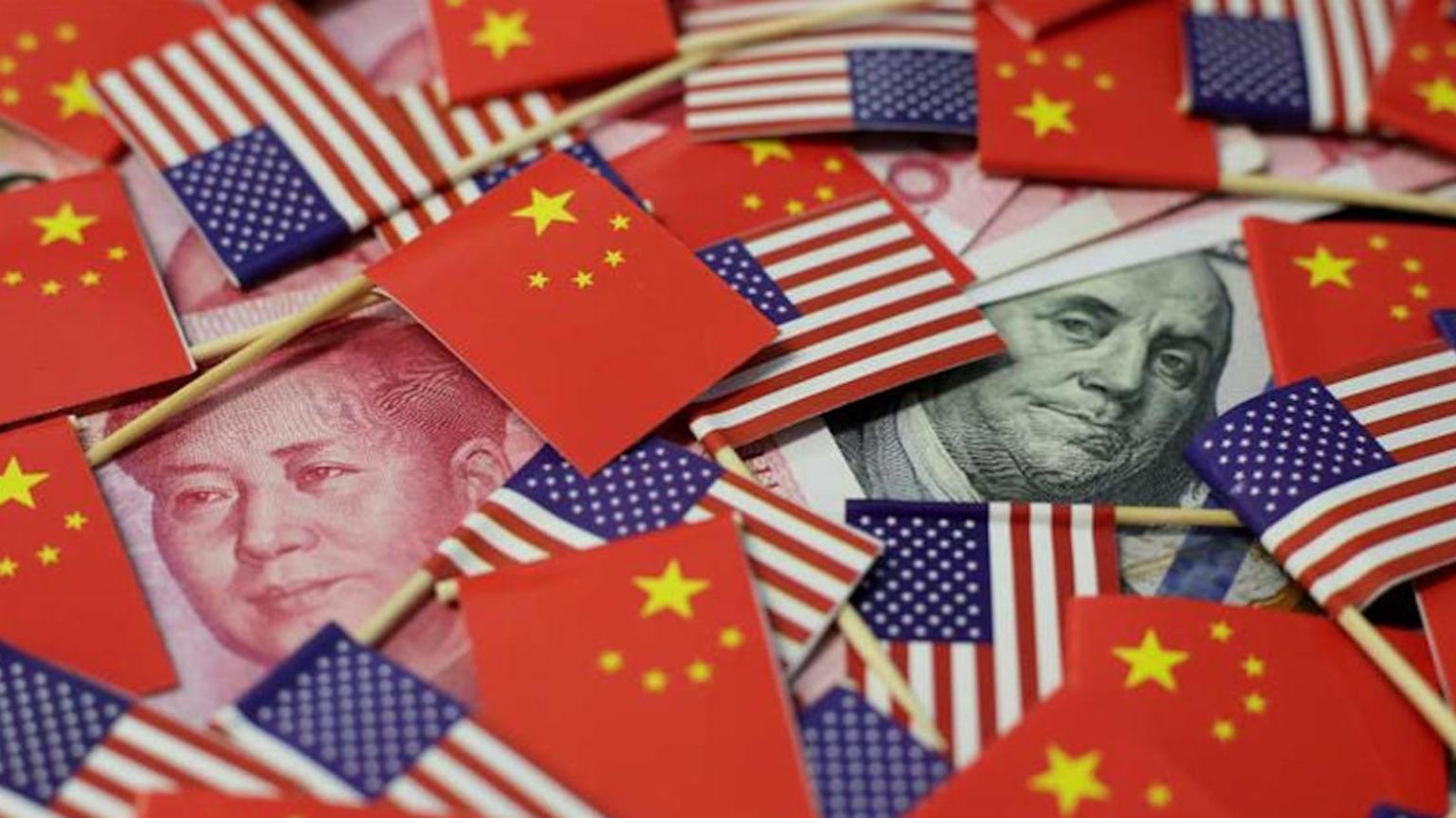(ATF) Investors who exchanged yuan for US dollars a few months ago may be regretful these days. With China the only major economy recovering from the coronavirus downturn, the US struggling to keep infections down and a Chinese central bank with firepower left to quell any further economic fires, the yuan is on a winning streak.
On May 29, the dollar bought 7.1316 yuan, while on September 2 it had weakened to 6.8376. To buy $50,000 in May, investors would have had to pay 356,580 yuan. Today it would require 341,880 yuan, a saving of 14,700 yuan.
The People’s Bank of China authorised the China Foreign Exchange Trade System to set the yuan exchange rate in the interbank foreign exchange market at 6.8376 on September 2, 122 basis points from the previous trading day. After appreciating for seven consecutive days, it reached a level last seen in May 2019.
CHINESE ECONOMY: China’s bureaucrats tussle over control of the Treasury
Offshore and onshore exchange rates are both climbing. On September 1, they appreciated past the 6.82 mark, with the offshore yuan reaching it strongest level in a year at 6.8134, rising more than 400 points during the day.
Why has the yuan exchange rate strengthened and will the trend continue? Chinanews.com said this has become a topic of concern and heated discussion in the markets. In the opinion of experts, there are three main reasons for the strengthening of the yuan.
Weak Dollar Index
The Dollar Index (DXY) is a measure of dollar strength relative to a basket of six other major currencies, including the pound and euro, that’s calculated by Intercontinental Exchange (ICE). Data show that the DXY has weakened since May, and recently fell below 92, its lowest since May 2018.
Wen Bin, chief researcher of China Minsheng Bank, was cited by Chinanews.com saying that the Fed’s huge stimulus package had helped depress the DXY.
According to the chief analyst of CITIC Securities’ fixed income, the Fed’s unprecedented monetary easing policy since the epidemic struck, and the frothy US stock markets had so depressed the dollar that investors have begun shunning it.
China’s improving economy
“China’s epidemic prevention and control has achieved remarkable results, and China’s economy has continued to recover and improve,” Wen Bin said. “The main economic indicators are gradually improving. China was the only major economy that achieved positive growth in the second quarter. This creates strong support for the yuan.”
Data from the National Bureau of Statistics show that China’s economy continued to recover steadily in July. Among them, the growth rate of retail sales in July turned from negative to positive for the first time this year, and the growth rate of exports reached double digits.
The latest August manufacturing purchasing managers index, non-manufacturing business activity index and comprehensive PMI output index have all indicated expansion for 6 consecutive months.
China’s strengthening fundamentals are reflected in the yuan exchange rate.
Judging from the performance of the manufacturing PMI index, after a cliff-like decline in February, China’s economic prosperity has continued to recover.
The World Bank and the International Monetary Fund both predict that China will be one of the few countries that can achieve positive economic growth this year.
Yuan assets are popular
Wen Bin pointed out that China is continuing to promote the opening up of its financial markets, making international investors optimistic about the country’s economic prospects and yuan-denominated assets. That’s been shown in continuous inflows of foreign capital into China’s capital markets, helping to strengthen the yuan.
According to data recently released by the State Administration of Foreign Exchange, the net increase in foreign holdings of domestically listed stocks and bonds increased by 1.4 times year-on-year in July, and the balance of foreign exchange reserves increased positively for four consecutive months.
The People’s Bank of China has maintained a cautious and determined monetary policy during the epidemic compared with its overseas equivalents. That’s helped keep Chinese bond yields higher than their US equivalents, increasing the attractiveness of yuan assets.
As of August 28, China’s 10-year bond yield paid a 230 basis points premium over equivalent US Treasuries, drawing increased foreign capital inflows.
What does the future hold for the yuan?
A stronger currency makes imports cheaper, boosts tourism consumption and helps those studying abroad. But it will make exports more expensive and that’s worrying the rest of the world.
Wen Bin forecasts that investors will remain optimistic about the Chinese economy in the short term and foreign capital inflows will continue, supporting the yuan.
However, that will lessen in the medium- and longer-term as other economies begin to recover and offer attractive alternatives to investors.
Obviously, the strength of the yuan exchange rate may continue. However, considering the subsequent possible risks, including global risk aversion, worsening Sino-US relations and asymmetric capital controls, the yuan’s appreciation may slow to around 6.7-6.8 per dollar. The impact on exports of continued appreciation may also have a weakening effect.
The “Report on China’s Monetary Policy Implementation for the Second Quarter of 2020” was issued by the Central Bank in August. It proposes to deepen reforms of the exchange rate marketisation, improve the managed floating exchange rate and maintain the exchange rate’s flexibility. The central bank will continue to manage the exchange rate based on macroeconomics and implement an automatic stabiliser of international payments. This is hoped to stabilise market expectations and hold the yuan a reasonable level.






















